- The ancient Chinese dynasties have attached great importance to the management of project quality
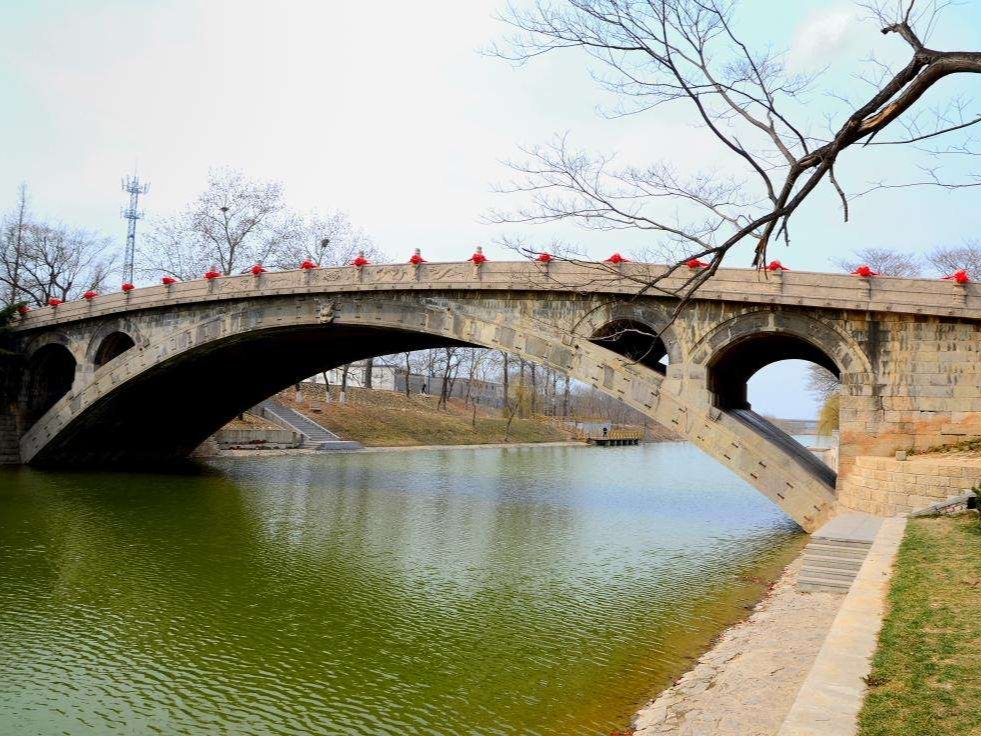
At 10:10 on October 10, 2019, there was a bridge deck rollover accident at K135, 312 National Road, Wuxi City, Jiangsu Province. The reporter learned from the accident rescue headquarters that after the on-site search and rescue confirmed that there were 3 cars under the bridge being crushed, one of them was parked (no one, the driver has found), and the other two vehicles had three people, and they had died. . There are 5 cars on the rollover deck, including 3 cars and 2 trucks. Three people were killed and two others were injured in the accident.
After the accident, Jiangsu Province and Wuxi City launched an emergency response mechanism to fully carry out accident rescue and disposal work. According to the information released by the Accident Rescue Command, the expert team of the Ministry of Transport has rushed to the scene to guide the accident investigation, and Wuxi City has also established an accident investigation team. After preliminary analysis, the upper span bridge side overturned transport vehicles were overloaded. Government administrative measures are efficient and rapid, and the casualties caused by accidents are even more heartbreaking.
Bridge construction can be said to be a hundred-year plan. The accidents of the collapse of the bridge have occurred repeatedly over the years. Even some bridges have just collapsed. In the past 40 years of reform and opening up, the country has achieved miracles one after another in economic development, infrastructure construction, and bridge construction. However, a large number of construction accidents have been repeatedly criticized for many years and have not been well resolved for many years.
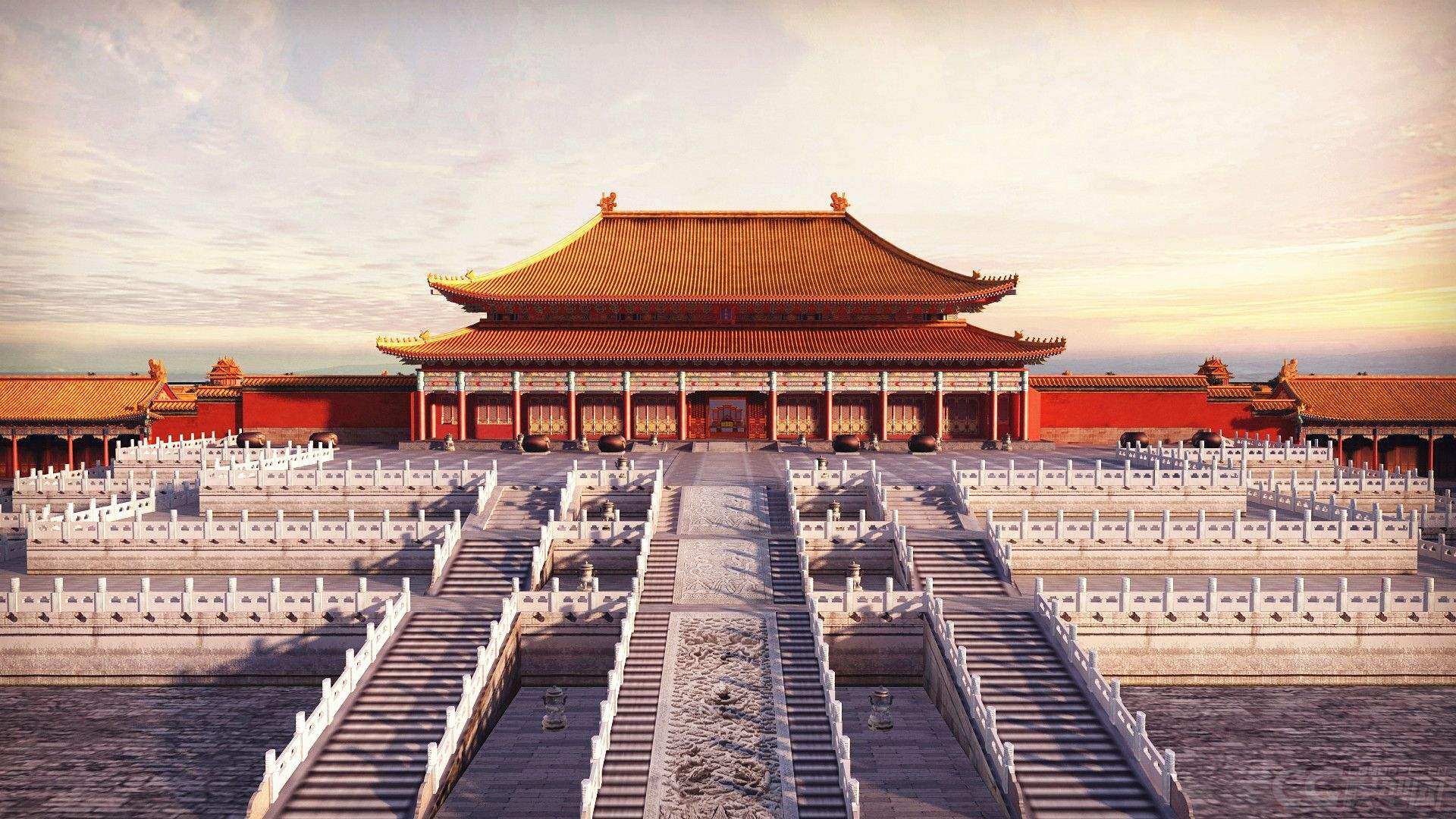
Many of the problems we have encountered now, in history, can always find the same or similar problems and the answers to the solutions. While marveling at the exquisite work of ancient architecture, we may wish to briefly understand the ancient quality management system. The history of the Chinese nation's pursuit of high quality has a long history. The ideas and systems of quality management sprouted in ancient times. The earliest words flowed down during the Zhou Dynasty. "Kaogong Ji", "Kao Gong Ji" records a series of production management and construction requirements, called "program", used to guide the actual operation of the craftsman.
The Zhou Dynasty and the princes all have the squadron in charge of the construction. "Zhou Li" records the official positions related to construction projects, such as Feng Ren (supervising the construction of the city), the remains (the competent planning roads, markets, hostels), the monks (supervising the wells and the road construction), and the insurance (supervisor) Road works), monks (in charge of the court), monks (in charge of the mausoleum project), measuring people (supervising the city and city planning and military camp construction), earth Fang (supervisor measurement) and so on.
During the Qin Dynasty, the government set up a special quality management department, “Dagong Yin”, which was responsible for supervising the production and manufacture of artisans. It was set up to manage the civil engineering of Shaofu. Qin Shihuang ordered the unified measurement and measurement, and produced a large number of standardized instruments to be distributed everywhere. Weights and measures are subject to severe punishment by Qin law. The Qin Dynasty also conducts annual assessments of craftsmen, and the craftsmen who are inferior will be punished.
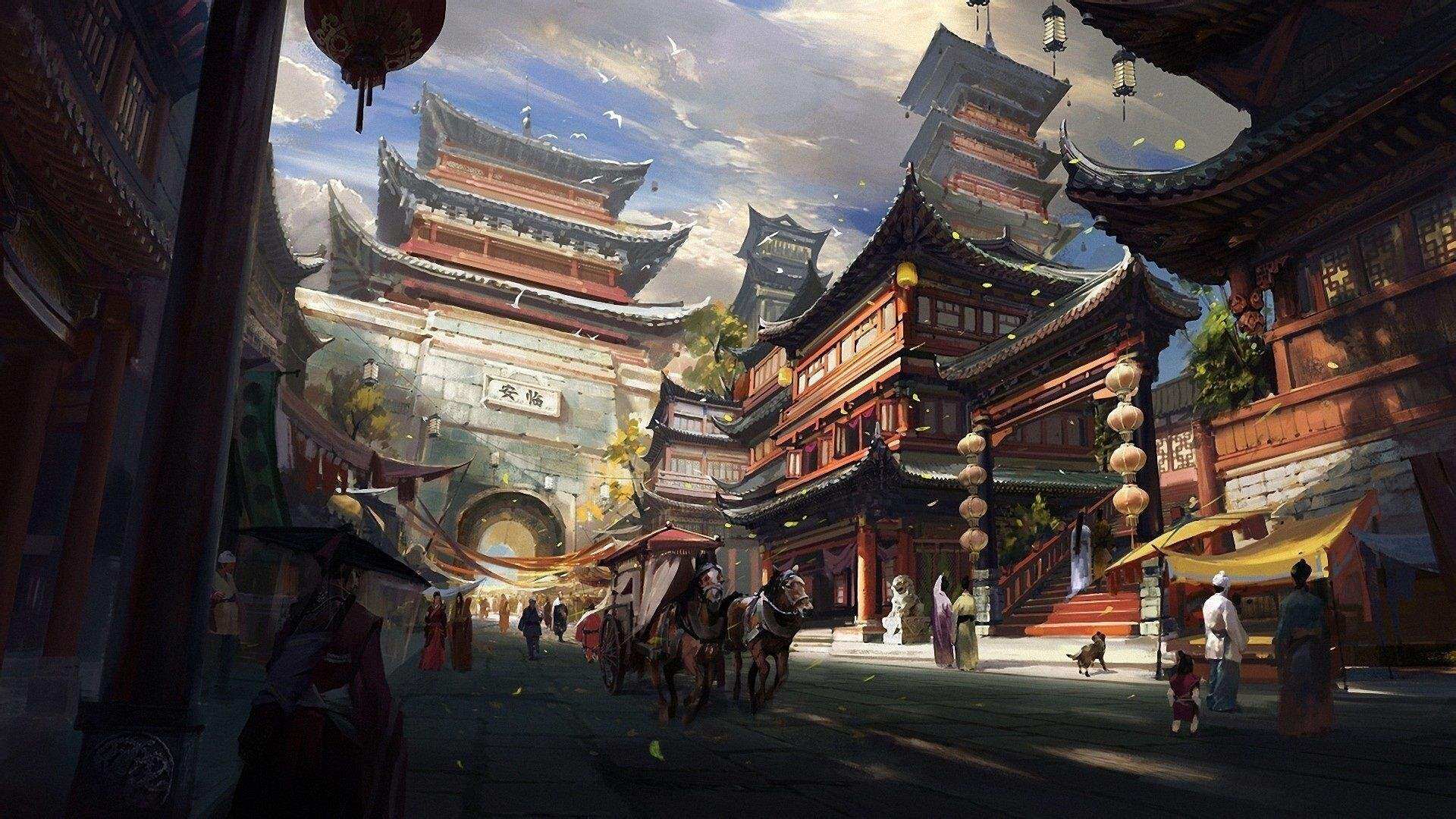
The Qin Dynasty ordered artisans to manufacture industrial products to engrave their own names on the products. Once the quality problems occur, they must be punished and punishable. The Qin Dynasty was a short-lived, but there were many architectural miracles. There is a vast Qin Great Wall project, there is a majestic Mausoleum of the First Qin Emperor, there are terracotta warriors and horses known as the Eight Wonders of the World, and Qin Lingqu, which is still in effect today. The glorious history of the Qin Dynasty architecture is precisely due to the strict management of the quality of the project.
The Han Dynasty was managed by Da Si Nong and Shao Fu, and the establishment of industrial and iron officials in the local area basically followed the Qin Dynasty system. The sound quality management system has further developed the level of artisans and produced a large number of exquisite goods. The commercial trade has achieved unprecedented development, and finally created the Silk Road, which has made significant contributions to the spread of Chinese culture and the exchange of world civilization. .
The Sui and Tang Dynasties began to set up the Ministry of Industry, the Ministry of Industry is in charge of the official handicraft industry, and the Shaofu Superintendent has the policy of “Mastering the Skills of the Masters of Work”, Zhongzhong Shang, Zuo Shang, You Shang, Zhiye, Handiwu, and Zhuye, Cast Iron, and the Mutual Market. Waiting for the supervisor, will be the supervisor of the "master of the woodworking craftsmanship, the total left school, the right school, the lieutenant colonel, the eunuch and other departments, the hundred workers and other supervisors", the military supervision "hands over the armor, the time to lose the martial arts" Tang The requirements for artisans are more stringent, and craftsmen of fine craftsmanship must study for more than four years before they can be trained. New workers are subject to assessment every quarter and year-end.
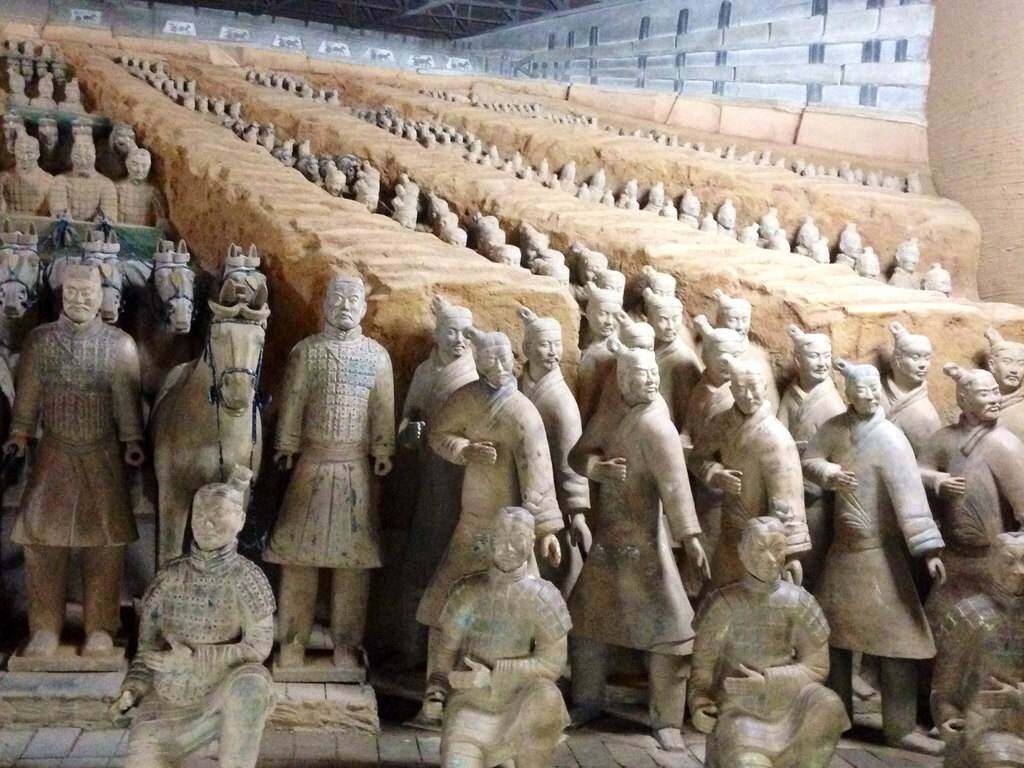
Not only that, but the supervision of goods entering the market is also strict. The craftsmen who make fake and shoddy goods are responsible for sixty, and the same crimes of selling fake and shoddy goods. The city officials and the local chief officials are guilty of the same crime, and they are unknowingly reduced. It is precisely this strict quality management that the Tang Dynasty commercial trade has achieved unprecedented development, with the commodity as the carrier, opening up the Silk Road on land and at sea. Commodity trade has spread over more than 50 countries, which has aroused the yearning and recognition of the Tang Dynasty in many countries. Many countries have sent messengers to study in the Tang Dynasty, and the scene of the coming of the world is the most influential Chinese civilization in the world Show.
The standardization of construction engineering can not only greatly improve the efficiency of construction, but also ensure the quality of construction. The government also implements a shelf life system for public works. The shelf life is generally five years. Once the project quality problems occur during the warranty period, the design party, the construction party and the inspector will be investigated for criminal responsibility. Craftsmen of various industries have also set up guilds. The guilds to which the craftsmen belong will also impose norms and requirements on the craftsman's operation process and product quality. Those who cut corners will not only accept legal punishment, but will also be permanently delisted by the guild.
In the Ming and Qing Dynasties, the design of the project, the construction system, and the supervision and management all followed the system of the former dynasty. When the wall was built in the Ming Dynasty, each brick was engraved with the name of the roast, which facilitated the investigation of engineering accidents. The condition is the real name system for responsibility in construction engineering. Every item of "Material Name" can be traced back to the information of the craftsman and the manufacturer. Every brick and tile made by a craftsman must be inspected in detail, and the tiled tiles should not only be laid, but also the number of tiles. The standardized construction process and strict engineering management have brought excellent quality to ancient buildings. Now we can still see a large number of Ming and Qing buildings.
Ancient Chinese dynasties have attached great importance to the management of commodities and engineering quality, perfect institutional setup, reasonable distribution of powers, rigorous craftsmanship training system, strict production process control, high market access threshold, and punishment for official and commercial punishment. The development of ancient Chinese business has always stood at the forefront of the world. With the development of the times, the ancient system has not adapted to the modern society, but there are still many places worthy of reference for the strict control of commodities and engineering quality in ancient times. Editor / Zhao Jing
Comment
 Praise
Praise
 Collect
Collect
 Comment
Comment
 Search
Search


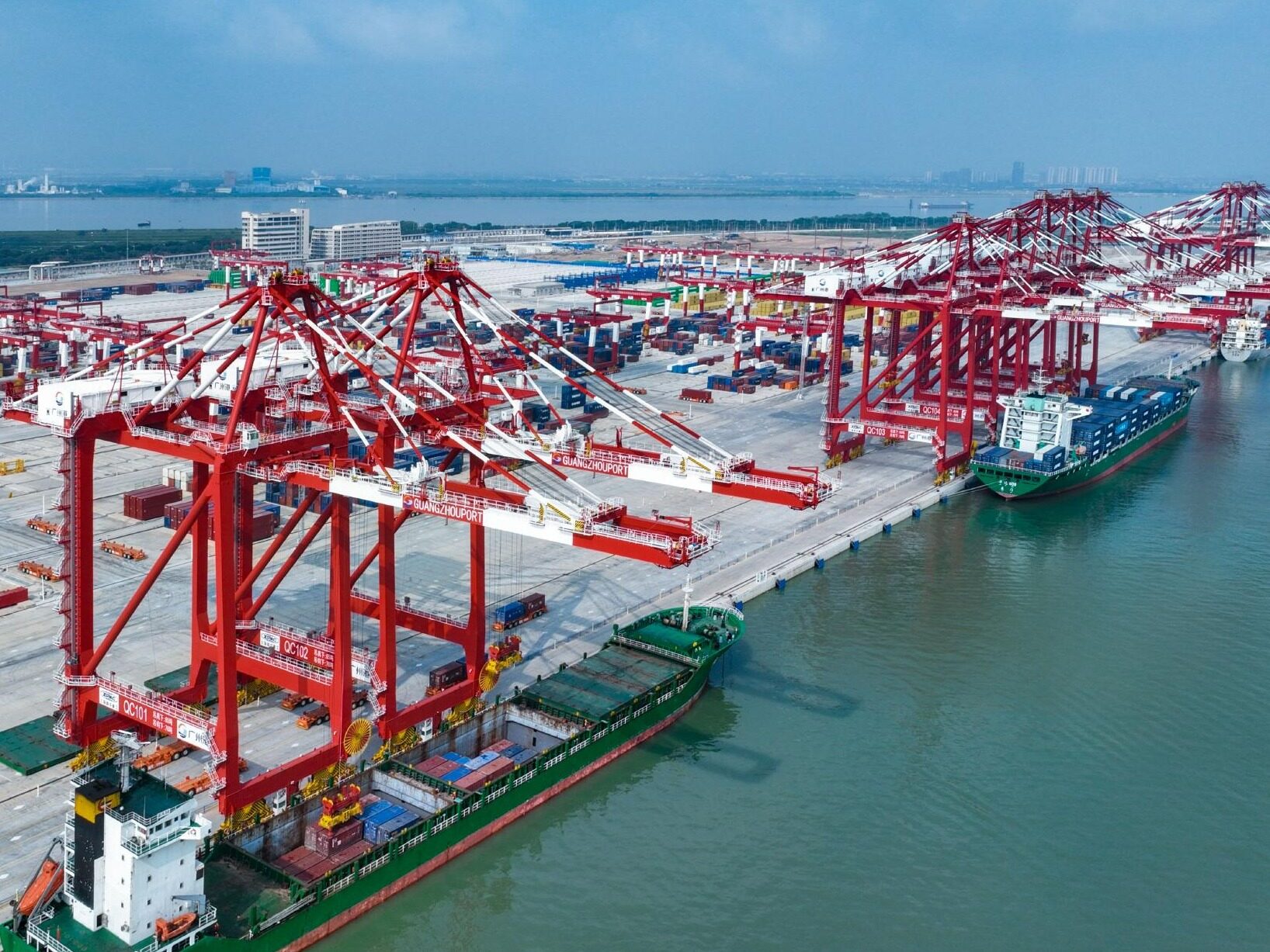




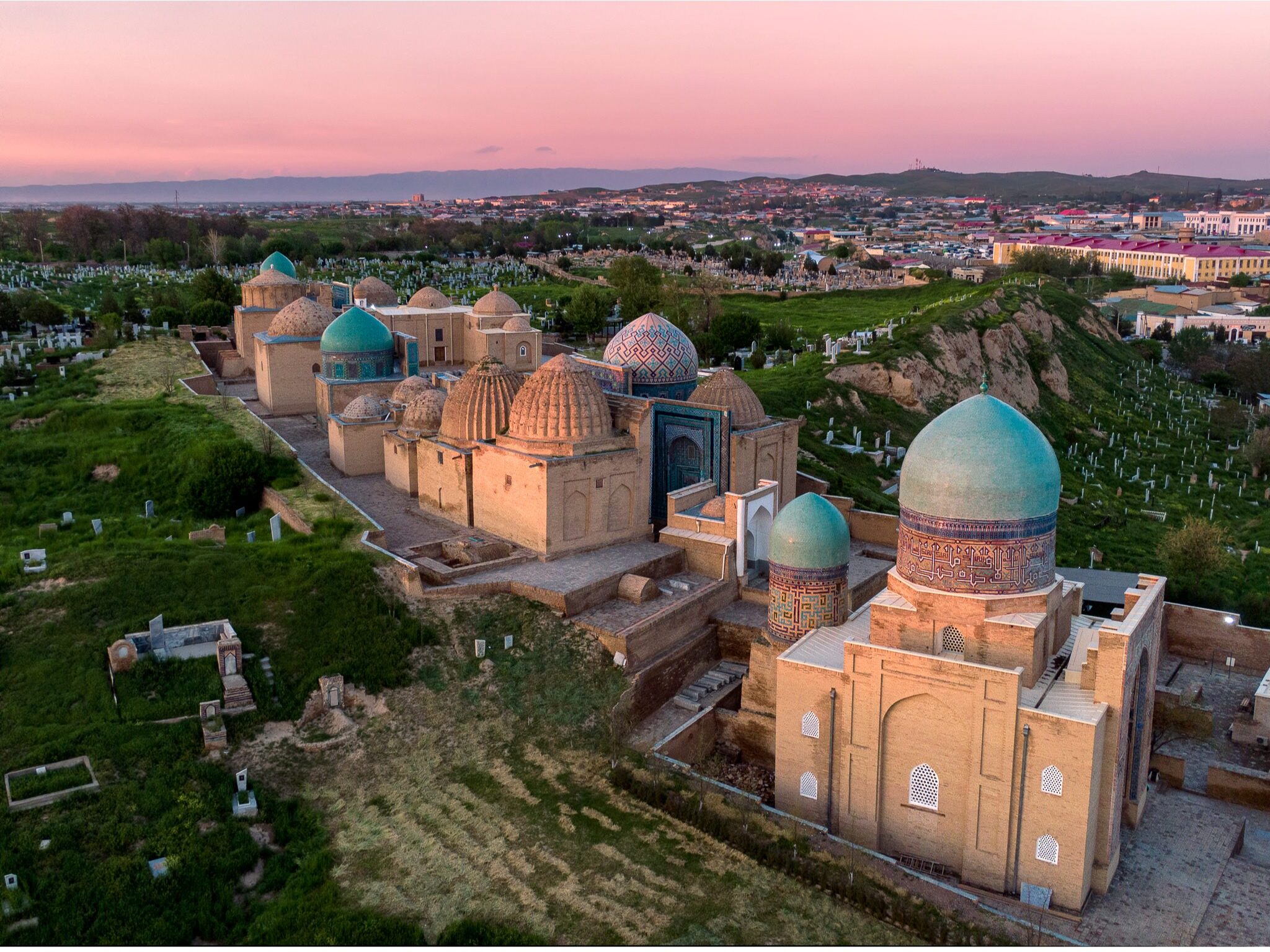






Write something~